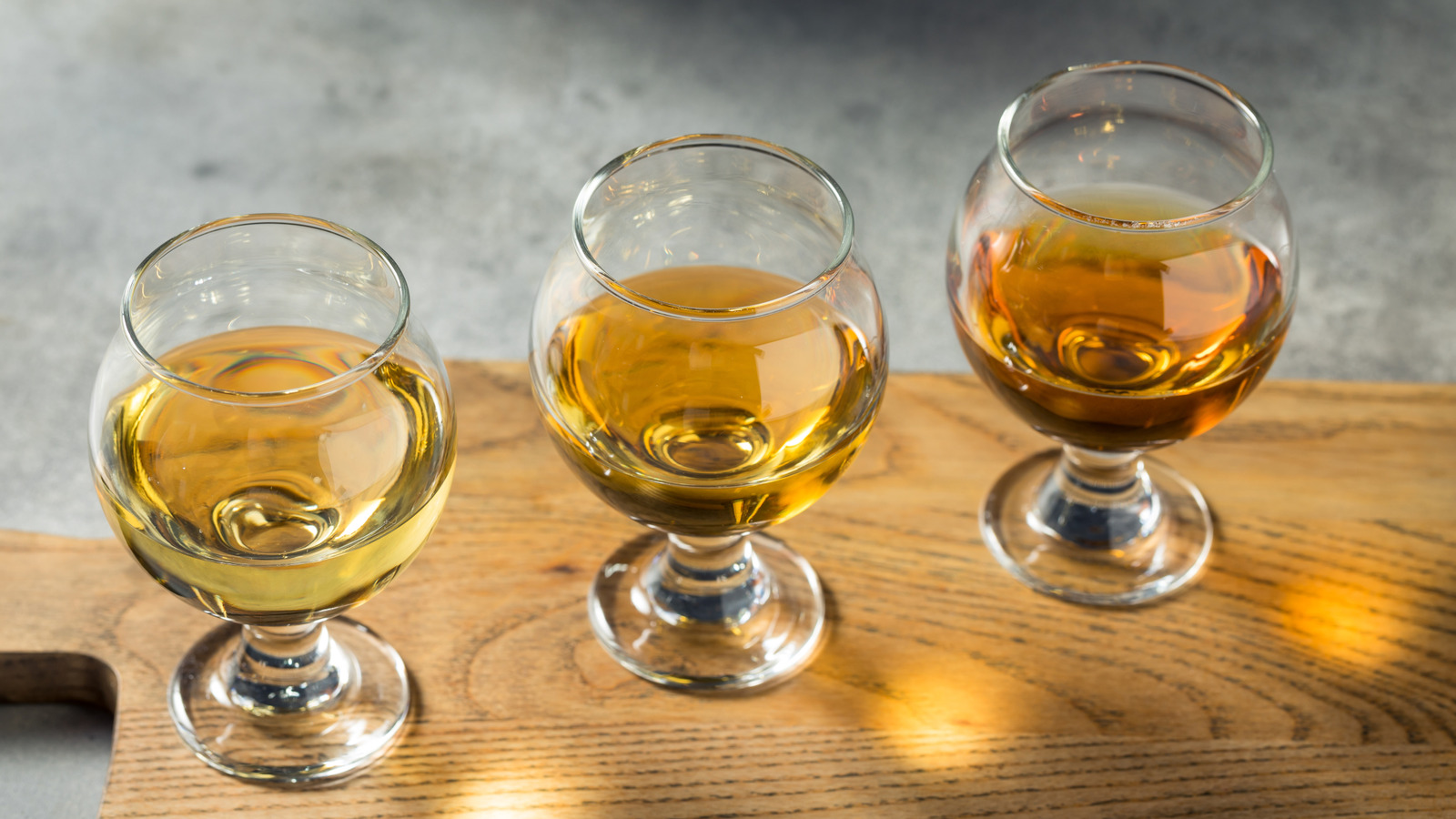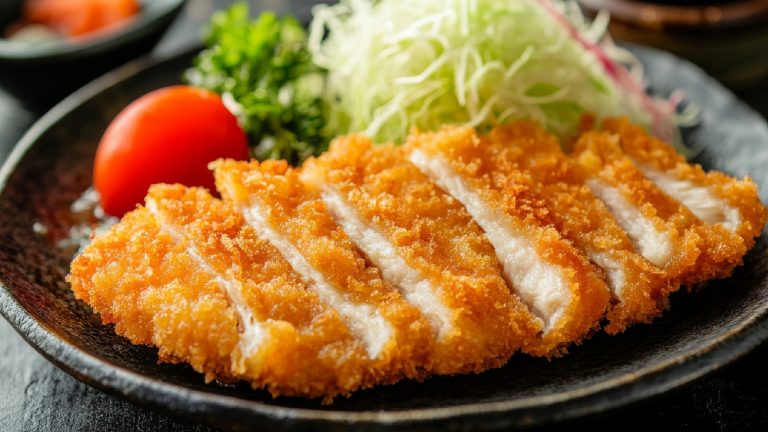Whiskey packs a punch, which is probably why tasting flights can seem intimidating for the uninitiated. In reality, however, they are a great way to become more familiar with the spirit and its many styles. That said, learning how to properly taste whiskey can greatly improve your experience. Of the many dos and don’ts of tasting, one faux-pas you should never make is rearranging the order of your flight.
Generally, whiskey flights are organized on a flight from least to most powerful. By gradually increasing in intensity, this ensures every whiskey can be evaluated accurately. As a result, switching the order can have major repercussions. Since stronger whiskeys will have heightened alcohol levels and richer flavor profiles, sampling them early on will overstimulate your palate and obscure your perception of taste going forward. This poses a particular problem for mild whiskies as their delicate nuances can become bulldozed entirely if sipped after an extensively aged, full proof, or worse yet, peated whiskey. Hence, why it’s crucial to taste the spirits in the — ideally, ascending — order that they were presented to you.
Along with preventing your palate from becoming overwhelmed, tasting whiskey in its intended order guarantees the best expression of each spirit. Not to mention that it even makes different options easier to decipher when discussing or tasting whiskey in a group setting.
To reduce further disorientation, remember these tasting tips
Whether tastings happen at a distillery or at someone’s home, they should always take place in a neutral environment. Areas that are too dark, too loud, or full of fragrance will only muddle your ability to judge the spirits. Likewise, arriving prepared can also limit distractions, which is why it’s best to refrain from wearing heavy perfumes and colognes.
Along with abiding by the order in which whiskey is served, properly “nosing” whiskey is key. Since taking a big whiff will cause alcoholic vapours to burn your nostrils and overpower your sense of smell, you may want to sniff the spirit at a distance and keep swirling to a minimum. Whiskey glasses are designed to capture aromas, anyway. To avoid bombarding taste buds, it’s important to take small sips and swallow slowly. Adding several water droplets can also prove useful to soften and highlight hidden subtleties. In any case, taking time to really process the flavors of each whiskey can help keep them from becoming muddled, too. Just don’t overextend yourself as sampling too many varieties could prompt palate fatigue.
Prior to moving onto the next recommended whiskey in a tasting flight: to reach for a palate cleanser. Water (still or carbonated) will both refresh and recalibrate your palate and even prevent dehydration. Similarly, nibbling on snacks like plain crackers can also help reset your palate in between whiskeys to ensure a more clear and comprehensive tasting experience that’s anything but overwhelming!






